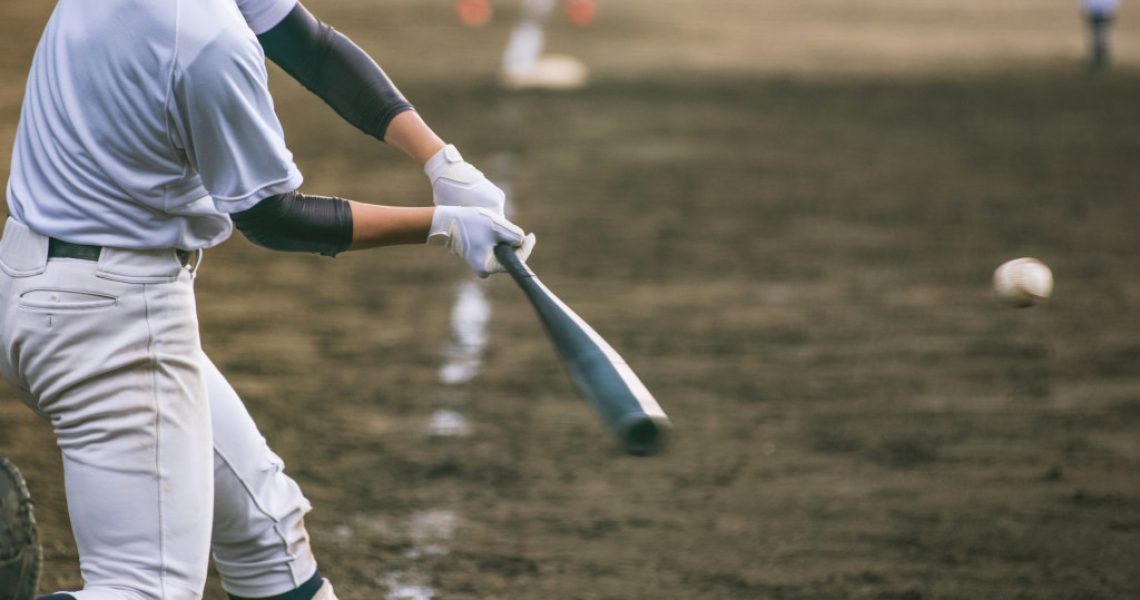- Video analysis is a valuable tool for athletes to watch their games in slow motion and identify problems with their swing mechanics.
- Wearable technology measures someone’s performance, analyzes game data, and prevents injury.
- Hitting aids help players analyze their swing, path, and ball contact to help coaches prepare the best technique and training plans.
- Pitching technology can assist pitchers in improving their pitching speed and accuracy on the field.
- Virtual reality technology allows players to understand the game better, especially newbies.
Technology has revolutionized all aspects of people’s lives and has made things easier and more efficient. The utilization of technology in sports has also become quite popular, and players are continually seeking innovative ways to gain an edge over the competition. Performance improvement needs patience, hard work, and technology. Forget the old stereotypes of how baseball players should train. Today, the world of sports has extensive training tools designed explicitly for baseball players to help take the game to the next level. This blog will discuss the best ways to use technology to improve your baseball performance.
1. Video analysis
Video analysis is crucial in improving your baseball game. With technological advancement, you can record your games and watch yourself in slo-mo for a better perspective. You can visualize problems with your swing mechanics, and your coach can see areas of your game that need improvement. Watching videos of experienced players can also aid in learning new techniques and baseball knowledge.
Depending on the tools you have to capture and review videos, several software applications can help you break down your game. Using slo-mo, stop motion, and side-by-side comparisons can help you identify your strengths and weaknesses. These technologies can be used for both live and recorded videos.

2. Wearable technology
Players can now wear various technologies to measure their athletic performance, analyze data and help them make adjustments where necessary. They are also used to monitor progress and help with injury prevention. Here are some of the most popular wearables:
a. Heart rate monitors
These are used to measure heart rate during training sessions and games. They can help players identify their fitness level and adjust their intensity accordingly. If your heart rate is too high, you may need to change your intensity level or take a break.
b. Gait analysis systems
These are used to measure the biomechanics of a player’s running form. It can help players identify areas that need improvement, such as stride length and cadence. It can also help coaches identify the most efficient running style for players and develop individualized training plans to maximize performance.
c. Accelerometers
When worn, accelerometers measure acceleration, speed, and power. They help players monitor their performance during practices and games by tracking the number of steps taken, distance covered, and time spent on the field.
d. GPS tracking
GPS tracking systems track a player’s movements on the field. It can help coaches analyze their players’ performance by showing them the exact location of each player during gameplay. If a player struggles in certain areas, this technology can help coaches identify where and when the problem occurs.
3. Hitting aids
Hitting aids can take different forms, such as sensors that can be strategically bolted to your bat, simulators that mirror pitching situations, motion detection gadgets, and much more. Bat sensors help analyze an athlete’s swing, ball contact, and path. With this information, coaches can prepare the best technique and training plans. Simulators give the batters similar game scenarios, which improves their timing and perception of pitching speed and arm angle.
Athletes can also practice in a speed pitch booth to measure the batter’s reaction time and pitch speed. This technology is designed to help players improve their pitch recognition skills while providing a competitive atmosphere that engages all their senses.
4. Pitching technology
Pitching technology like Trajectory Analysis devices and pitch trackers can assist in pitching mechanics. Such devices can help monitor and analyze your performance and give instant feedback to help improve pitching speed and accuracy. Some systems have sensors to monitor the ball as it leaves the hand, providing additional information on the pitch’s release point, trajectory, and spin.

5. Virtual reality
Virtual reality is transforming the future of baseball. The technology allows players to experience real-life scenarios within a virtual environment. This technology helps players understand the game better, especially the new ones. For instance, they can practice their swing or batting style without needing a field. It’s a helpful tool for working with pitch recognition to help players become more familiar with different pitches and more excellent hitters overall.
The combination of technology and traditional training techniques has revolutionized baseball training, and it comes as no surprise as technology advances rapidly. Performance improvement is vital to the success of a baseball athlete, and as technology continues to evolve, it will become easier to track and measure performance and adapt to changing conditions fast. With these technological advancements, baseball players can reach new levels in their game and even spot weaknesses they didn’t know existed to improve their skills further.

